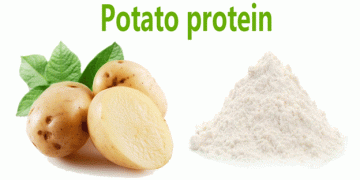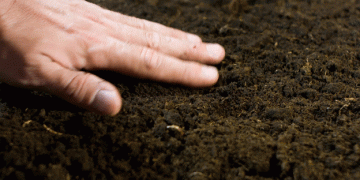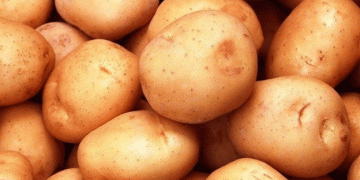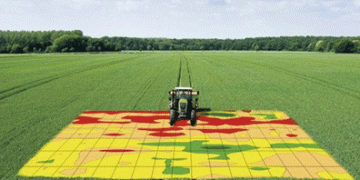This article sheds light on the significant impact of bacterial diseases on the quality and classification of seed potatoes. Drawing on the latest data from a reliable agricultural source, we explore the prevalence of bacterial infections, their detrimental effects on seed potato grades, and the importance of disease management strategies. This article aims to provide valuable insights for farmers, agronomists, agricultural engineers, farm owners, and scientists involved in potato cultivation.
Bacterial diseases pose a considerable challenge to the potato industry, leading to a downgrade in the classification of seed potatoes. According to a report from Nieuwe Oogst [1], bacterial infections are identified as the primary cause of downgrading seed potatoes in terms of quality and class. This data highlights the urgent need for effective management practices to mitigate the impact of these diseases on potato production.
Among the most common bacterial diseases affecting seed potatoes is bacterial ring rot (Clavibacter michiganensis subsp. sepedonicus), as well as soft rot caused by several Pectobacterium and Dickeya species. These pathogens can spread rapidly within potato crops, leading to reduced yields, tuber rot, and compromised quality. The presence of bacterial infections in seed potatoes significantly lowers their market value and limits their usability for planting.
Preventing and managing bacterial diseases in seed potatoes require a comprehensive approach. The adoption of strict hygiene measures, such as thorough sanitation of equipment, field rotation, and careful monitoring of seed sources, can help reduce the risk of bacterial contamination. Regular testing of seed lots for bacterial infections is crucial to detect and eliminate infected batches, preventing further spread.
Additionally, the use of certified disease-free seed potatoes plays a vital role in disease management. By sourcing high-quality seed stock, farmers can minimize the introduction of bacterial pathogens into their fields. Proper storage conditions and temperature management also contribute to preventing the development and spread of bacterial diseases during storage.
In conclusion, bacterial diseases represent a significant threat to seed potato quality and classification. Understanding the impact of these infections on crop productivity and implementing effective disease management strategies are essential for sustaining a healthy potato industry. By adopting stringent hygiene practices, utilizing certified disease-free seed potatoes, and promoting regular testing, farmers and agricultural professionals can mitigate the risk of bacterial diseases and safeguard the future of potato cultivation.
Tags: Agriculture, Bacterial Diseases, Seed Potatoes, Crop Quality, Disease Management, Bacterial Ring Rot, Soft Rot, Hygiene Practices, Seed Testing, Potato Industry.
Reference:






